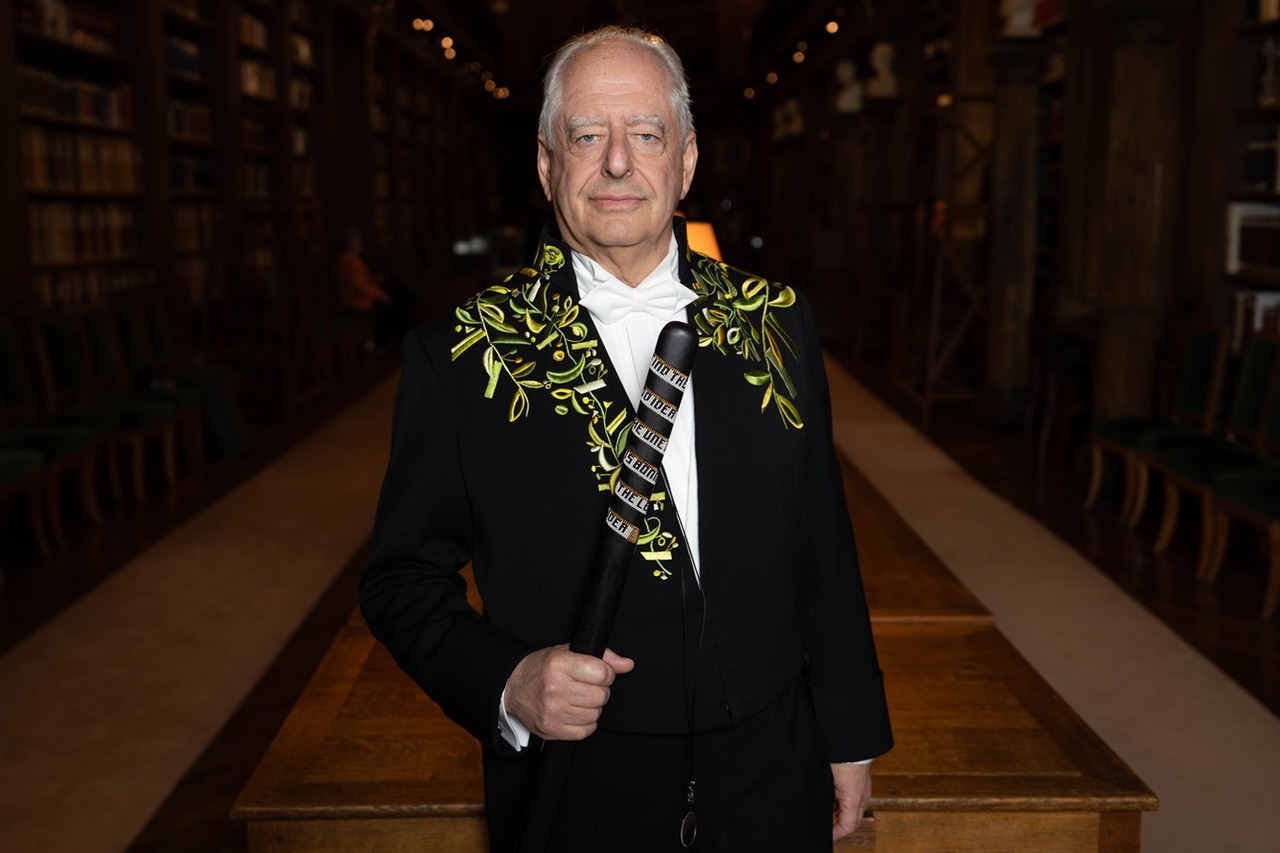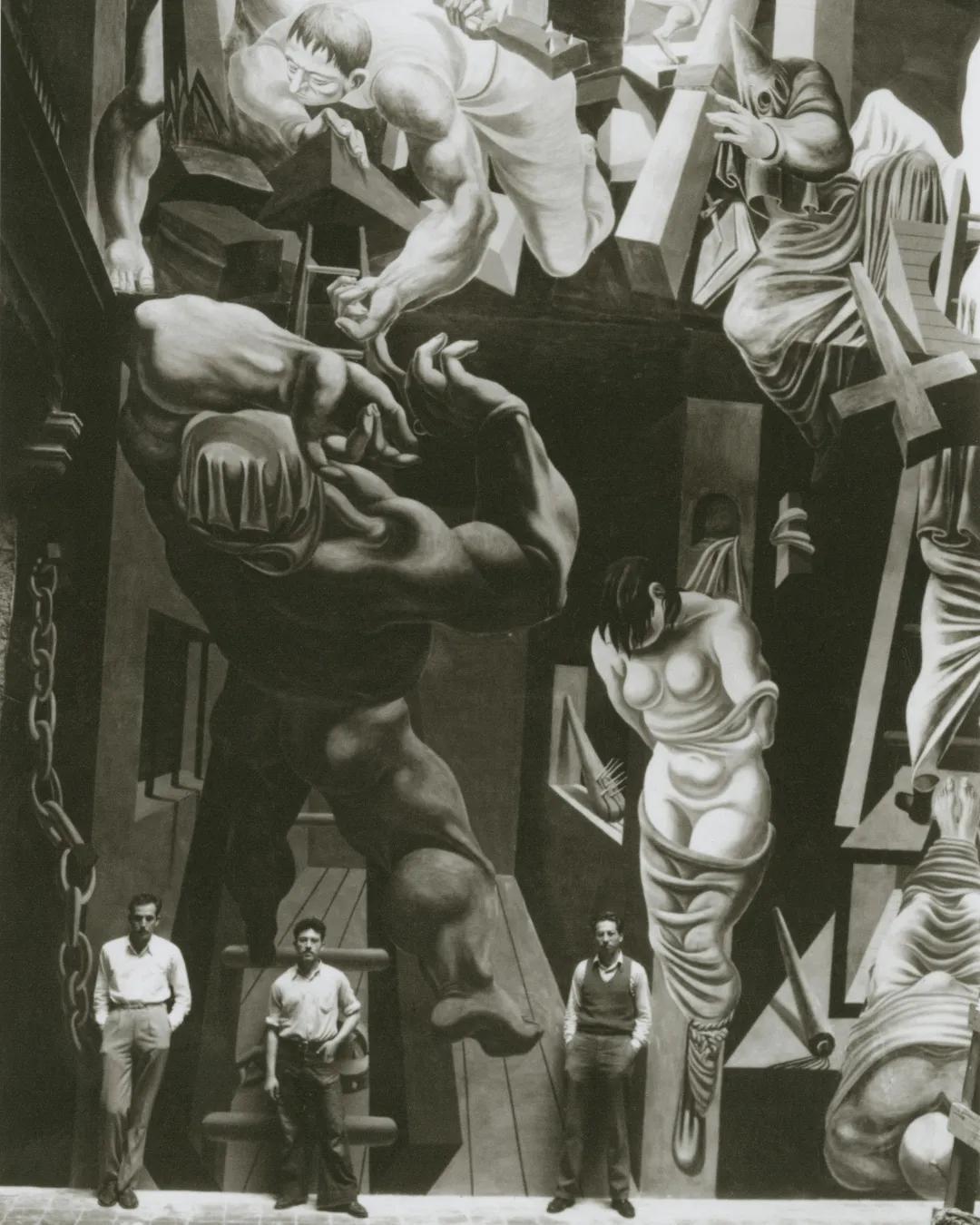Battle lines: artist Jenny Holzer proves that words are weapons

Jenny Holzer in her Brooklyn studio, 2017. Photo: Daniel Shea
Battle lines: artist Jenny Holzer proves that words are weapons
For nearly four decades, the American artist Jenny Holzer has put unexpected things into unlikely locations. She has projected verses of poetry onto the banks of the Tiber in Rome; relayed slogans across the electronic billboards in New York’s Times Square (‘Protect me from what I want,’ said one); inscribed tales of human cruelty onto human skin in ink made of blood; and in her earliest days, used everything from T-shirts to condom packets to disseminate texts all around the city. ‘Men don’t protect you anymore,’ cautioned the prophylactic boxes in 1985.
So the fact that she’s about to install a 21st century version of a medieval battering ram in Hauser & Wirth’s Zurich gallery should come as no surprise. Or that, come September, she hopes to use cutting-edge technology to overlay text onto heroic battle tapestries at Blenheim Palace in Oxfordshire, the testimonies of rather more contemporary veterans of war. SaveSave

Installation view, ‘Jenny Holzer’, Hauser & Wirth Zürich, 2017. © Jenny Holzer, member Artists Rights Society (ARS), NY. Courtesy the artist. Photo: Collin Lafleche
She says she’s been ‘sneaking up’ on one of Britain’s stateliest of homes for a while now, the palace itself a spoil of war. (The magnificent pile was John Churchill’s reward from the nation for winning the Battle of Blenheim in 1704.) ‘I very much appreciate the exterior, the complexity and strength of the architecture, but especially the blushing quality of its walls,’ she says.
‘When I found out that the pink colour comes from iron in the stone, I thought, what a great metaphor for a military prize!’ Perhaps it put her in mind of seeping blood, too. When we meet in the picture-perfect village of Woodstock, just down the road from Blenheim, Holzer is warm and witty and upbeat. (And tall, very tall.) Her work has often been inspired by battles – women’s rights, AIDS, Yugoslavia, Iraq – and the results are always powerful, disturbing even, but never depressing or dour.
‘I grew up in the 1950s,’ she says. ‘My father was a veteran, there was still a lot about World War II on TV and in films. I was imprinted by war, and it’s shown up in my work. I’ve not done Matisse’s Joy of Life, that’s for sure. But I just dealt with what’s out there.’
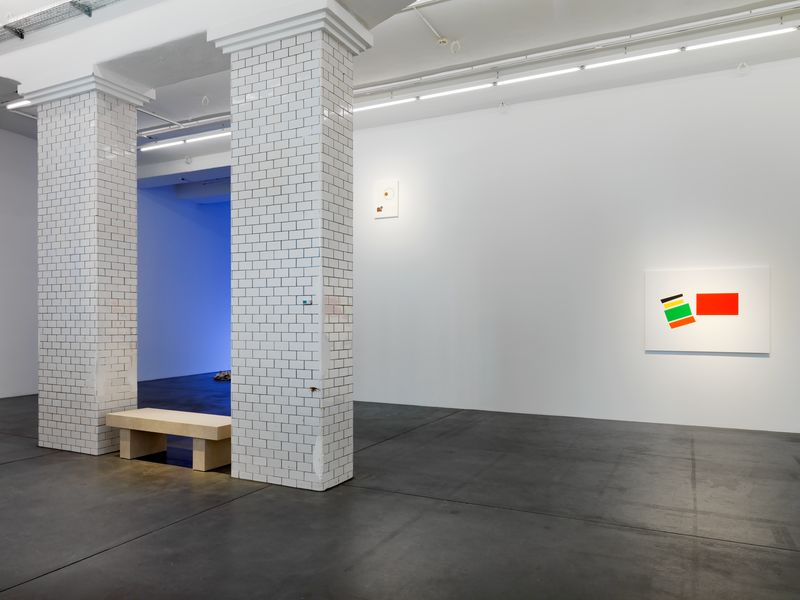
Installation view, ‘Jenny Holzer’, Hauser & Wirth Zürich, 2017. © Jenny Holzer, member Artists Rights Society (ARS), NY. Courtesy the artist. Photo: Collin Lafleche
Not long after the 9/11 attacks in New York (her studio is in Brooklyn), she developed an ongoing interest in archived declassified US government documents – descriptions and denials of military abuse in Afghanistan, reports from Save the Children and, more recently, first-hand information from Syrian refugee camps – all heavily marked with the thick black lines that are struck through information deemed too sensitive for public revelation, more commonly known as redacted text.
‘I’m drawn to first-hand accounts and primary source material,’ she says. ‘Even if hundreds of words are missing, if you read 500 of them, you’ll come to some sort of accuracy.’ A single surviving phrase on page 26 of a 45-page FBI report compiled in 2004 about the terrorist threat to the US, ‘Shifting to softer targets’, inspired the title of her 2015 show at Hauser & Wirth Somerset.
More fighting talk has found its way onto Holzer’s battering ram, with close to 60 works by the poet Anna Swir – a Polish resistance fighter during World War II – running along its 7.6m arm as LED letters. Holzer worked out the battering ram mechanics by watching medieval battle re-enactments on YouTube. ‘To me, the battering ram represents war at large, what happens when you turn on the TV and feel assaulted, and the ongoing, escalating war against women,’ she says, before adding brightly, ‘but it looks like a sex toy, too!’

Installation view, ‘Jenny Holzer’, Hauser & Wirth Zürich, 2017. © Jenny Holzer, member Artists Rights Society (ARS), NY. Courtesy the artist. Photo: Collin Lafleche
Now 66, Holzer embarked on her art career at a time when no one expected to turn a profit by following their creative dreams. She studied painting and printmaking in Chicago and Ohio, then did an MFA in painting at the Rhode Island School of Design. But it was her time at the Independent Study Program at New York’s Whitney Museum that introduced her to literature and philosophy, and drove her practice towards the use of pithy texts that could be inserted into the cityscape.
By the late 1970s, she was printing phrases like ‘Abuse of power comes as no surprise’ in black serif type onto white stickers and pasting them on phone boxes and front doors in Lower Manhattan. ‘We didn’t think about making a living as an artist,’ she says. ‘Kiki Smith was an electrician’s assistant. I worked for Laundry News, I’m proud to say, as a typesetter. Our practice wasn’t skewed by the need to sell anything.
We had no reason to tilt our work one way or the other.’ Holzer’s aim was always to be invisible and for the Truisms, as she called them, to speak for themselves. But success came quickly; the phrases hit home. In 1990, she became the first female artist to represent the US at the Venice Biennale, though not everyone approved. ‘Robert Hughes [the most venerated art critic of the day] wrote, ‘Miss Smarty gave a party; no one came.’ He said, if it had to be a woman, then why had they chosen me?’
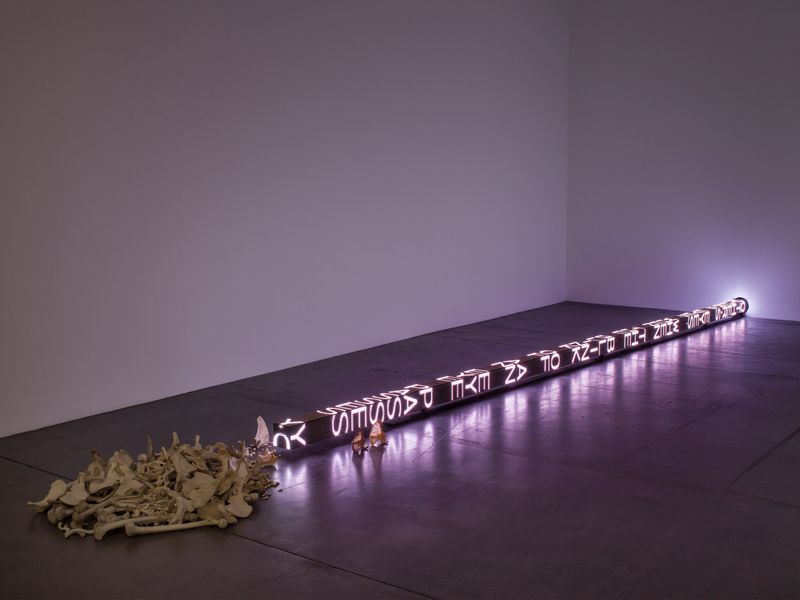
Installation view, ‘Jenny Holzer’, Hauser & Wirth Zürich, 2017. © Jenny Holzer, member Artists Rights Society (ARS), NY. Courtesy the artist. Photo: Collin Lafleche
Holzer has always hidden in the shadows to see how people would react to her work. ‘My favourite pieces are still the light projections,’ she says of works where entire poems, sometimes by Swir, who wrote of war, death and the female body, are displayed on walls, trees or running water.
‘People just come across them, and it’s a treat to watch them watching. In the city, people form quiet, contemplative groups. They don’t know I’m there and besides, outside the art world, they wouldn’t care.’
‘That’s how I get my aesthetic thrills, with pulsing amber LED light.’ —Jenny Holzer
She tells me about a time in Mexico City when a dust storm came up and made both the front and backs of the letters visible in the glow of the projector. ‘They were wafer thin, but I’d never seen the back of a letter, in space, travelling,’ she says. ‘That’s how I get my aesthetic thrills, with pulsing amber LED light.’
Or at least it was. More recently, Holzer – the artist who once said it was ‘absurdly hard’ to make a good painting – has picked up a paintbrush again. Her Redaction Paintings follow the shapes formed by the large blocks of deleted words in the various documents she has found, but she renders them in oranges, blues, whites, greys and reds.
The end results look, to all the world, like abstract works, and the woman who once blurted out text is now working with its elimination. ‘I’m a closet painting fan,’ she says, ‘and I talk to a lot of dead artists. I think about Cy Twombly – I so admire his hand. Not that I have that hand, but I want to attempt my own version and that’s what I’m doing at 3am with watercolours.’ She paints standing at an easel. ‘It’s nice to involve the body after all this thinking and rooting through digital archives. I like to fret in motion.’
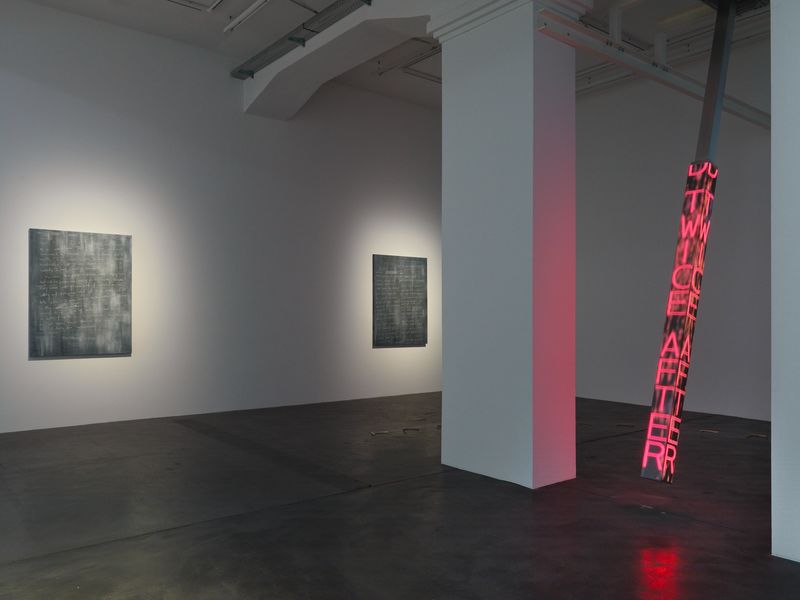
Installation view, ‘Jenny Holzer’, Hauser & Wirth Zürich, 2017. © Jenny Holzer, member Artists Rights Society (ARS), NY. Courtesy the artist. Photo: Collin Lafleche
The new paintings will be seen in Zurich, but so will Holzer’s more techy side. She’s currently developing an app that will allow visitors to make their own augmented reality projections from their phones. ‘You could have a text from Save the Children, or from Anna Swir, and you could relay it onto your lover’s back, or a waterfall.’
Perhaps even those vast tapestries at Blenheim Palace – ten of them, each 15ft high – which depict John Churchill’s triumph over Louis XIV. For the opening weeks, there will also be outdoor projections in Blenheim’s grand gardens. Meanwhile, Holzer is alert to present portents of war and will be watching her new president’s progress with caution.
‘Hillary is hardworking and intelligent. If being a woman got in her way, that’s hard to take,’ she says. ‘And Trump? Well, he’s the worst result possible, for the United States, and possibly for the world.’ So, I ask, what would you put on a condom packet now? ‘Oh that’s easy,’ she says.
‘Today I’d say: ‘Republican men are even worse’. – Jenny Holzer’s work will be displayed as part of ARCOmadrid from 27 February – 3 March 2019, in anticipation of Holzer’s upcoming major solo exhibition at the Guggenheim Museum Bilbao, Spain.
Related News
1 / 5

